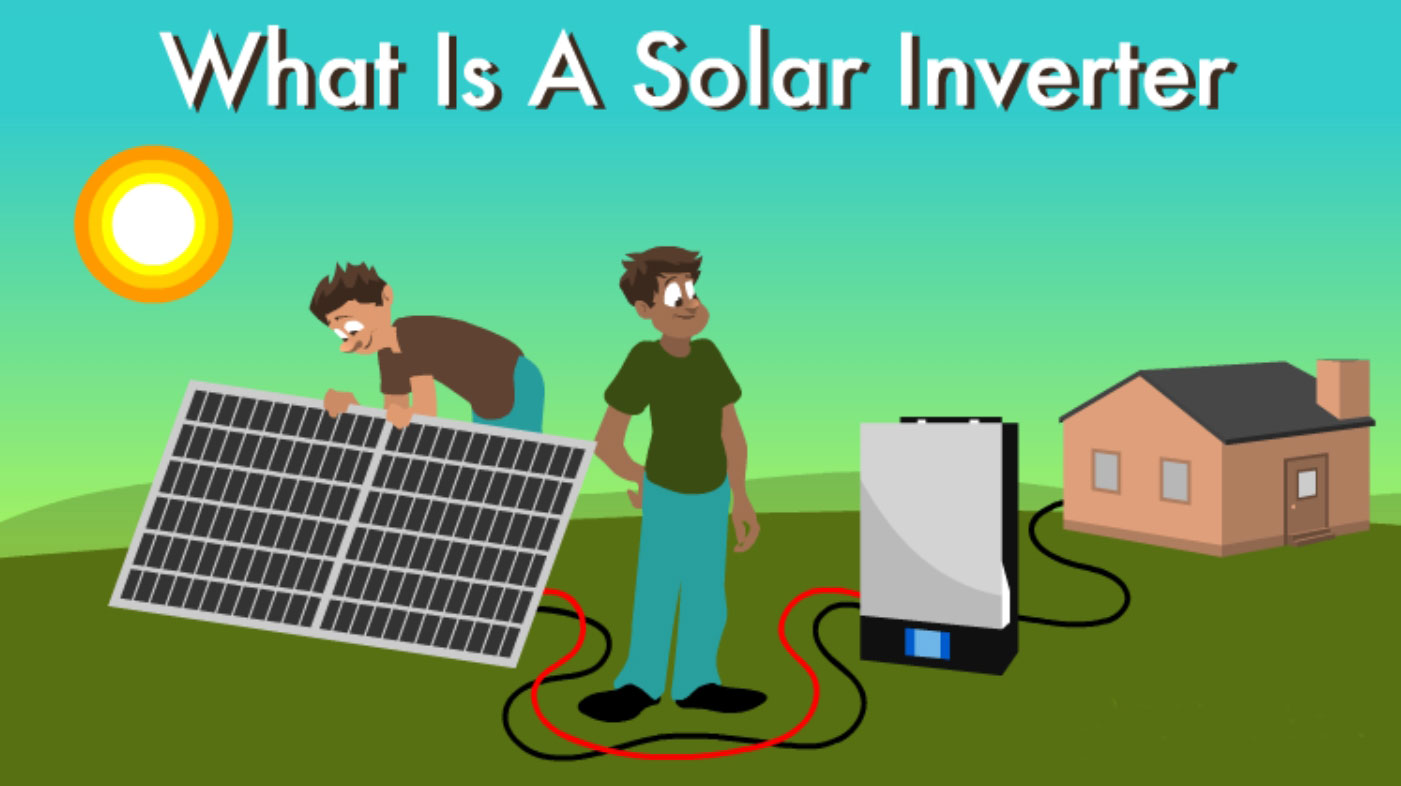
Solar inverters play a crucial role in maximizing the efficiency of solar energy systems by converting sunlight into usable electrical power. Here’s how they accomplish this:
- DC to AC Conversion: Solar panels generate electricity in the form of direct current (DC) when exposed to sunlight. However, most household appliances and the electrical grid operate on alternating current (AC). Solar inverters facilitate the conversion of DC electricity from the solar panels into AC electricity, making it compatible with standard electrical appliances and the grid.
- Maximum Power Point Tracking (MPPT): Solar panels have an optimal operating point at which they generate the maximum power output for a given level of sunlight intensity and temperature. However, this optimal point can vary due to changing environmental conditions. Solar inverters incorporate MPPT algorithms that continuously monitor the voltage and current output of the solar panels and adjust their operating point to ensure maximum power output under prevailing conditions. This optimization enhances overall system efficiency by extracting the most energy from the available sunlight.
- Voltage Regulation: Solar inverters regulate the voltage of the AC electricity produced to ensure it matches the requirements of the electrical grid or household appliances. This regulation is essential for maintaining system stability and preventing damage to connected devices.
- Grid Synchronization: Grid-tie solar inverters synchronize the output AC electricity with the frequency and voltage of the electrical grid. This synchronization enables seamless integration of solar energy into the grid, allowing surplus electricity generated by the solar panels to be exported to the grid or vice versa. Grid-tie inverters also ensure that solar energy systems comply with grid regulations and safety standards.
- Monitoring and Control: Solar inverters often come equipped with monitoring and control functionalities that allow users to track the performance of their solar energy systems in real-time. These features provide valuable insights into energy production, system efficiency, and potential issues, enabling proactive maintenance and optimization.
- Safety Features: Solar inverters incorporate various safety features to protect both the system and users. These may include anti-islanding protection, which prevents the solar energy system from continuing to operate during grid outages to avoid potential safety hazards for utility workers.
- Efficiency Optimization: Modern solar inverters are designed to minimize energy losses during the conversion process. High-quality components, advanced power electronics, and efficient cooling systems help maximize overall system efficiency, ensuring that a greater percentage of the sunlight absorbed by the solar panels is converted into usable electrical power.
In summary, solar inverters play a critical role in maximizing the efficiency and performance of solar energy systems by converting DC electricity from solar panels into AC electricity, optimizing power output through MPPT algorithms, ensuring grid compatibility, and providing monitoring and safety features. Their continuous development and refinement contribute to the widespread adoption of solar energy as a clean and sustainable power source.
